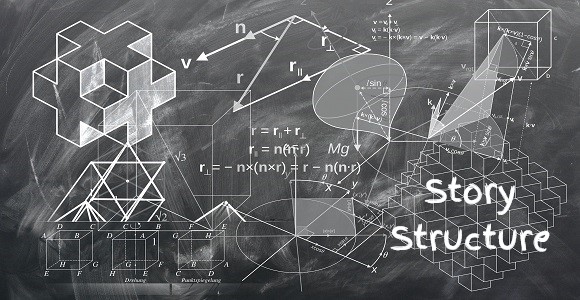
Story Structure | The Structure of Plot
Most authors think of plot as what their story is about. And beyond that, they recognize key events and turning points in the story that are part of plot as well. That’s a good place to start, because it is how plot appears from the creative perspective as you are developing and writing your story.
But plot is quite a bit more than that. Structurally, a plot needs specific story points such as a goal, requirements that need to be met to achieve that goal, and even the price that will be paid if the goal is not met.
In this installment of our series on story structure, we’re going to reveal the key story points of plot and lay out the structural timeline as well.
By the time we’re done, you’ll have a much more refined understanding of what plot structure is, and how to manipulate it to create just the kind of story you want.
Let’s begin with the four most important plot points: Goal, Requirements, Consequences, and Forewarnings. All four of these work together to define what your story is about, what needs to be done, and what happens if the protagonist fails. Taken all together, these are the control knobs that adjust your plot’s dramatic tension.
Let’s investigate each of these four primary plot points:
Goal is really about as straight-forward as it seems: what the characters of your story are trying to achieve. Now, keep in mind that the protagonist is leader of the effort to achieve the goal. And, as we all know, there’s also going to be an antagonist who is working against the protagonist, either to prevent the goal from being achieved, or to achieve it for himself instead.
Without a goal, there is no clear cut destination your characters are trying to reach. So, you’ll need to describe that goal in no uncertain terms of your story will come off as unfocused and without a defined purpose. To your readers (or audience) it will seem to meander.
What kinds of things can be a goal? Just about anything: To escape from something or someone, to complete a task, to obtain something (could be a treasure, a diploma, or someone’s love), to discover something, to become a better person, to come to terms with the past. Really, almost anything can be a goal. It just needs to be something you don’t currently have, and can’t get just by snapping your fingers – you have to work for it.
Requirements describe the specific steps that must be taken or the necessary conditions that must be met for the goal to be achieved. If any step or condition is not completed, the goal will not be achieved.
Why are requirements important? Without them, your characters (and readers) have no idea what is needed to arrive at the goal. So, everything that happens seems arbitrary. And if they are ultimately successful, it comes off as if the characters just magically achieved the goal – it just happened, not because they worked to make it happen, but just because after running around in all kinds of directions, eventually the goal just plopped down in their lap for no apparent reason.
Like goals, requirements can be all kinds of things: getting the approval of all the members of the board of directors to stop an immoral project, gathering all the ingredients for the secret formula to saving the dying princess, searching the rooms in a haunted house to find an close the portal to hell, meeting the conditions necessary to prove you are worthy of someone’s love.
The key point in regard to requirements is that they be a limited set – a specific number of items or steps, well-delineated right up front, so the reader knows exactly what conditions must be met and can, therefore, track progress toward the goal.
Consequences are the bad things that will happen if the goal is not achieved. Why are consequences necessary? Because they double the motivation to achieve the goal. Without consequences, characters, just like real people, are likely at some point to say, “Hey, that goal would’ve been nice, but geesh, these requirements are just too darn hard. That goal ain’t worth it!”
But, with consequences in place, there is a price to pay if you just give up on the goal. If the goal isn’t achieved, you (and/or those you care about) will suffer. Achieving the goal not only obtains a good thing, but also prevents a bad one. And that is why your characters will push on to the end.
Forewarnings are the indicators that the consequences are gaining on you. They could be cracks in the dam that show it is getting closer to the consequence of it breaking and flooding the town if the goal of diverting the water upstream isn’t achieved or some unknown individual buying up more and more shares of stock until the consequence of him gaining control of the company prevents you from the goal of stopping an evil project.
As with requirements, forewarnings need to be clearly specified, but they don’t have to be a specific number of them. For example, how many cracks does it take before the dam breaks? With forewarnings, additional cracks, small pieces of concrete popping out, shuddering do to increasing instability, all these things can indicate the dam is getting closer to breaking, and collectively they ratchet up the motivation for the characters to push harder and faster because time and/or options are running out.
You can easily see how Goal, Requirements, Consequences, and Forewarnings work together as the master controllers of any plot’s structure.
These are the four power-drivers of the plot. However, there are many other plot points that fine tune how the dramatic tension of the Big Four is channeled through your story. But that is a subject for a future installment in our ongoing series on story structure.
This entire story structure series is referenced from our book on the subject that we published way back in 1991, Dramatica: A New Theory Of Story. Just click on the link to read it for free in a downloadable PDF.
Also, you may wish to try our Dramatica Story Structure Software with the world’s only patented interactive Story Engine. The Story Engine cross-references your answers to questions about your story to generate a structure that perfectly supports your intent, free of holes or inconsistencies.
Until next time, May the Muse be with you!
Melanie Anne Phillips
Creator, StoryWeaver
Co-creator, Dramatica




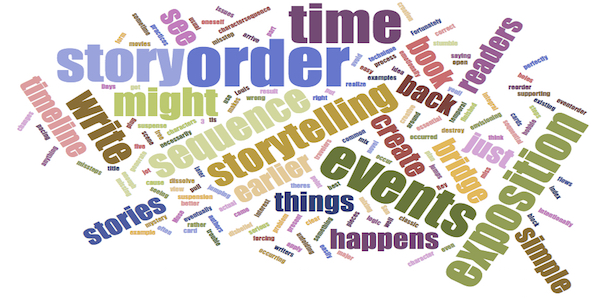
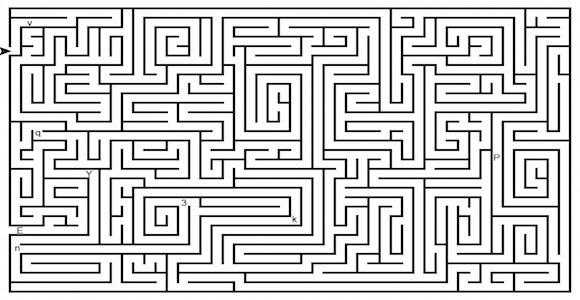
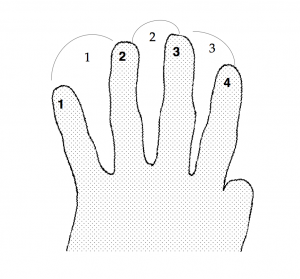
 In order to create tension in your audience, you will want to establish a limit to the story. This limit will indicate to the audience what will bring the story to a moment of truth, either running out of time or running out of options. If you want tension to increase as your characters run out of time, choose Timelock. If you want tension to increase as your characters run out of options, then choose Optionlock.
In order to create tension in your audience, you will want to establish a limit to the story. This limit will indicate to the audience what will bring the story to a moment of truth, either running out of time or running out of options. If you want tension to increase as your characters run out of time, choose Timelock. If you want tension to increase as your characters run out of options, then choose Optionlock.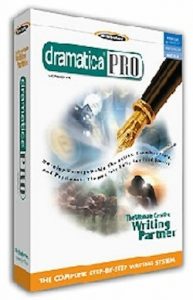
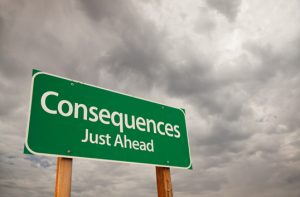 A goal is what the characters chase, but what chases the characters?
A goal is what the characters chase, but what chases the characters?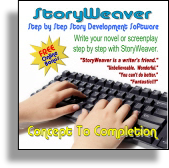
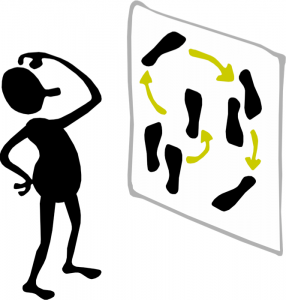 The achievement or failure to achieve the goal is an important but short moment at the end of the story. So how is interest maintained over the course of the story? By the progress of the quest toward the goal. This progress is measured by how many of the requirements have been met and how many remain.
The achievement or failure to achieve the goal is an important but short moment at the end of the story. So how is interest maintained over the course of the story? By the progress of the quest toward the goal. This progress is measured by how many of the requirements have been met and how many remain.